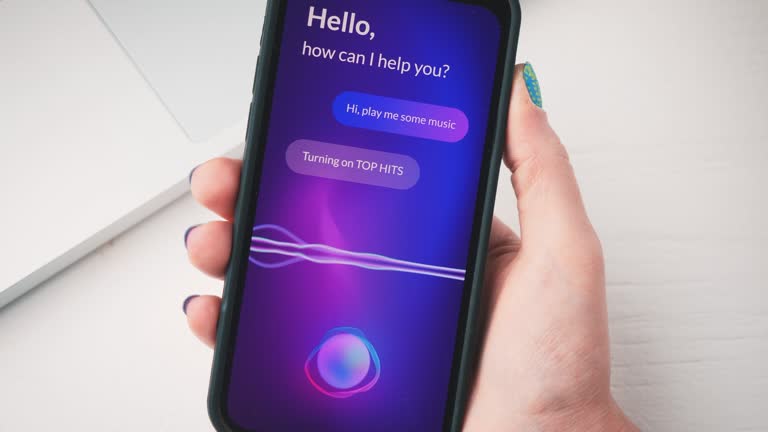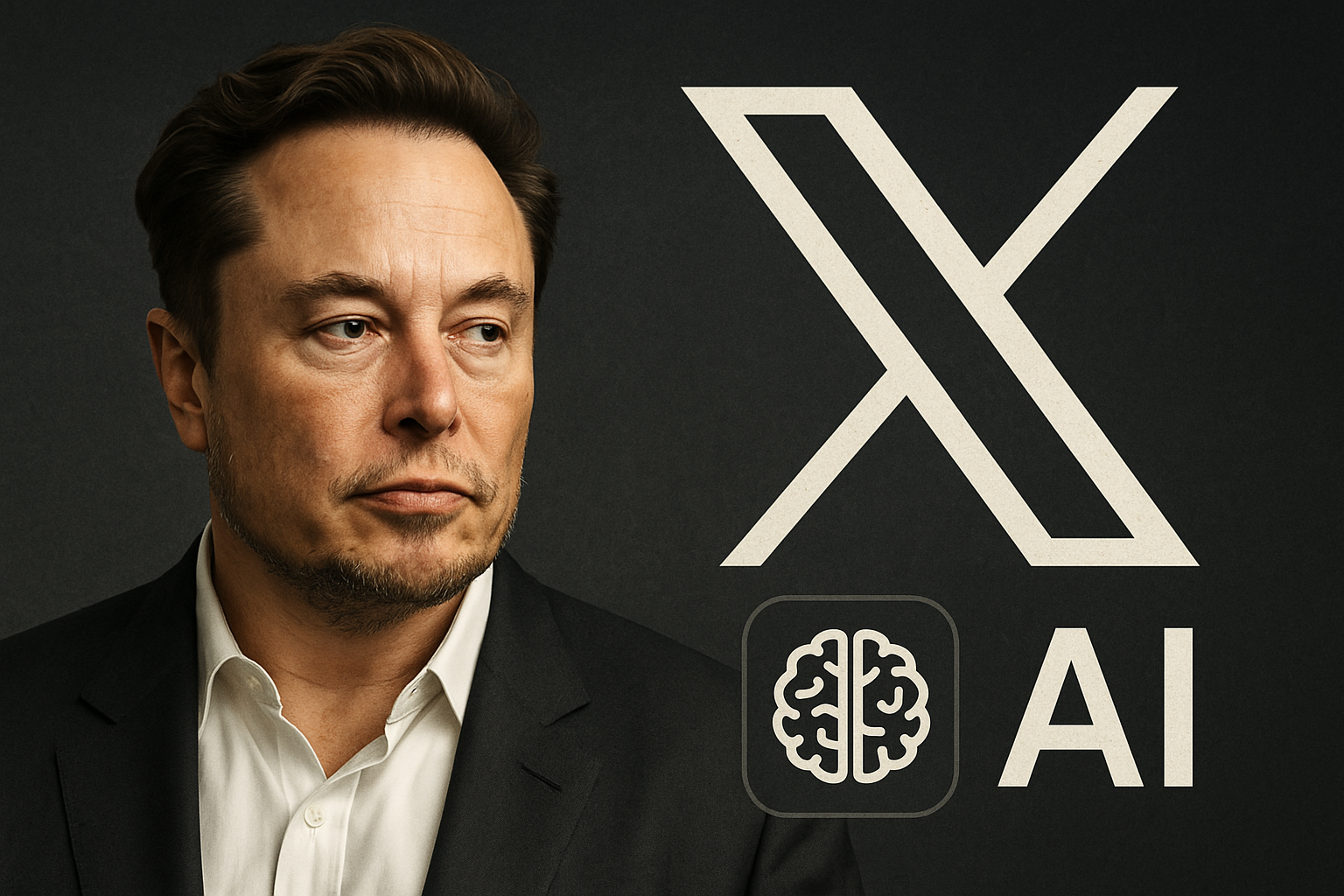Once imagined as the ultimate everything app, Elon Musk’s ambitious rebranding of Twitter into “X” has largely fizzled into something far from his original vision. Instead of becoming the Western super app akin to China’s WeChat combining messaging, banking, video, and social media X has been transformed into a feeder system for Musk’s AI project, xAI. Today, X appears less like a platform for conversation and more like a vast data repository powering Grok, Musk’s homegrown answer to ChatGPT.
The Grand Vision Behind the Everything App
When Musk acquired Twitter for $44 billion in 2022, he declared intentions far beyond social media. His goal? Turn Twitter into an all encompassing everything app an integrated digital ecosystem. Inspired by platforms like WeChat, Musk envisioned a place where users could communicate, shop, bank, stream, and more. In theory, it was revolutionary. In practice, the groundwork wasn’t there.
“Twitter had the brand recognition but lacked the infrastructure and user behavior pattern to be reimagined overnight,” said Dr. Helen Zhou, Professor of Digital Innovation at Stanford.
Despite introducing premium features like X Premium and exploring payment integrations, adoption lagged. Advertisers fled, users grew frustrated, and the app’s ecosystem became increasingly fragmented.
X’s Transformation From Platform to Pipeline
The pivotal moment came in March 2024, when Musk officially made X a subsidiary of his AI startup, xAI. The move was telling. X, once the heartbeat of global discourse, was no longer about people it was about data.
Enter Grok, xAI’s headline product. Initially launched as a playful and less filtered alternative to ChatGPT, Grok quickly became embedded throughout X’s interface. Every tweet (now “post”) came with a Grok button. Users could “ask Grok” to summarize, explain, or comment. But few realized this integration served a dual purpose: training the AI.
According to former X engineer Jordan Patel,
“Grok’s intelligence heavily relies on X’s content posts, replies, trending topics. That’s why Musk was less interested in restoring ad revenue. The real value was in the training data.”
Grok vs. ChatGPT: A Data Driven Approach
In a comparison study by the AI Ethics Lab at MIT in June 2025, Grok’s responses were analyzed against ChatGPT and Claude. While ChatGPT led in accuracy and nuance, Grok scored higher on cultural relevance and recent trends largely due to real-time access to X’s vast post history.
This highlights a crucial point X’s utility has shifted from platform to pipeline. It doesn’t need to entertain users or attract advertisers anymore; it only needs to exist long enough to feed Grok with endless, live human interactions.

The Economic Collapse of X
Financially, the situation paints a bleak picture. Since the acquisition, X’s ad revenue has been cut in half. Major brands from Coca Cola to Apple pulled their campaigns amid brand safety concerns and platform instability.
Linda Yaccarino, hired as CEO in a bid to reassure advertisers and restore credibility, resigned this week. Her departure signals the final nail in the coffin of Musk’s everything app ambitions.
“Linda’s exit is symbolic. It confirms that X is no longer interested in being a media business it’s now an AI backend,” said Sarah Mitchell, tech columnist at The Verge.
Personal Stories Users and Creators Left Behind
For many creators and journalists who built careers on Twitter, the transformation into X has been alienating. Aliyah Khan, a political journalist from D.C noted. “I used to rely on Twitter to reach real people during crises. Now it’s a testing ground for AI prompts. It feels hollow.”
Content creators have reported declining engagement, erratic algorithm changes, and a confusing UI geared more toward Grok integration than human interaction.
The Broader Implications What Happens to Public Discourse?
By pivoting from social network to data mine, X has inadvertently left a void in global communication. Twitter was the closest thing we had to a “digital town square,” a space where activists, journalists, presidents, and everyday citizens collided. Now, that square is deserted mined for information but lacking human connection.
“We’re witnessing the end of public social media as we knew it,” said Dr. Ezra Molina, a digital sociologist. “X becoming Grok’s farm exposes what happens when one person’s private ambition overtakes public need.”
The Death of the Everything App
Musk’s everything app dream was bold and perhaps never viable in Western markets. Dr. Sharon Lim of the Global Tech Policy Institute explained:
“Western users are privacy conscious. They don’t want banking, dating, and messaging in one app. Musk underestimated that.”
Meanwhile! integrating too many services too quickly without resolving legacy issues such as moderation, monetization, and trust only accelerated X’s collapse.

When Everything Becomes Nothing
What was meant to be the “everything app” has arguably become the nothing app. With no clear direction, failing ad revenue, a mass exodus of leadership, and a shrinking user base, X has transitioned from digital forum to AI utility.


1 thought on “From Everything App to Nothing App: How Elon Musk’s X Lost Its Way”